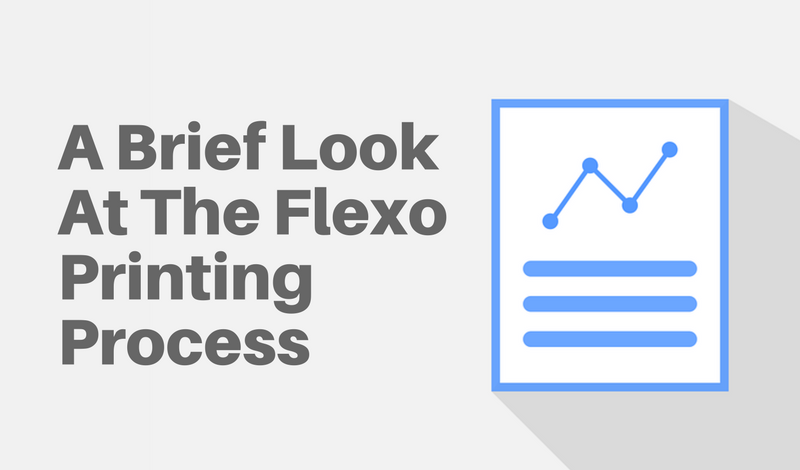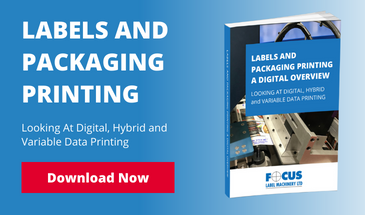
Flexo printing remains a mainstay of the continuous-run print world, regardless of the permanence of lithographic presses and the continued growth of digital printing.
Flexographic printing, or Flexo as it is more commonly known, is a direct rotary printing process. Images are transferred from a flexible photopolymer relief plate onto a continuous substrate, which is supplied in reel form.
What Sort of Print Work is Flexo Best For?
Flexo is ideal for printing labels, flexible packaging, cartons, tickets, pharmaceutical packaging, tags and security applications. It is sometimes called surface printing because it can print on relatively uneven surfaces, such as corrugated board. Although commonly used for narrow web applications, the method is also used for wide web jobs like printing newspapers, magazines and the like.
Benefits Of Flexo
- Flexographic printing presses are extremely efficient and cost-effective
- Faster set-up time than lithographic printing
- The possibility to print onto almost any flexible substrate material, such as paper, plastics, cellophane, metallic films, waxed paper, tape, metal foil and many others
- A wide variety of inks can be used, including water-based, solvent-based and UV curable
- Inks are typically low viscosity, which means they dry quickly
- The possibility to integrate other online print processes and converting into a single pass
How Does Flexo Printing Work?
A roll of substrate material is fed into the press from an unwind station. Under controlled tension, it is then passed through the print modules, dryers and converting modules, where any waste is removed, prior to rewinding or sheeting.
In each print station, ink is collected from the ink duct and deposited onto an anilox roller. The surface of this roller is usually ceramic coated and laser engraved with thousands of tint pockets which hold the ink. Excess ink is scraped away from the anilox surface by a steel or plastic doctor blade, leaving only the required amount of ink in the engraved cells. This ink is then transferred to the flexo printing plate – and in turn, onto the substrate. The wet ink then passes through a dryer, before moving to the next print station. This process is repeated through the press, until all required colours have been printed.
Any additional processes, such as varnishing, laminating, foiling, die-cutting & slitting, are then carried out before the substrate is either rewound into a finished reel, or sheeted into individual pieces.
More Information
Download our free eBook Guide to Flexographic Printing, which goes into more detail about the print process and also discusses business related issues such as budget.







